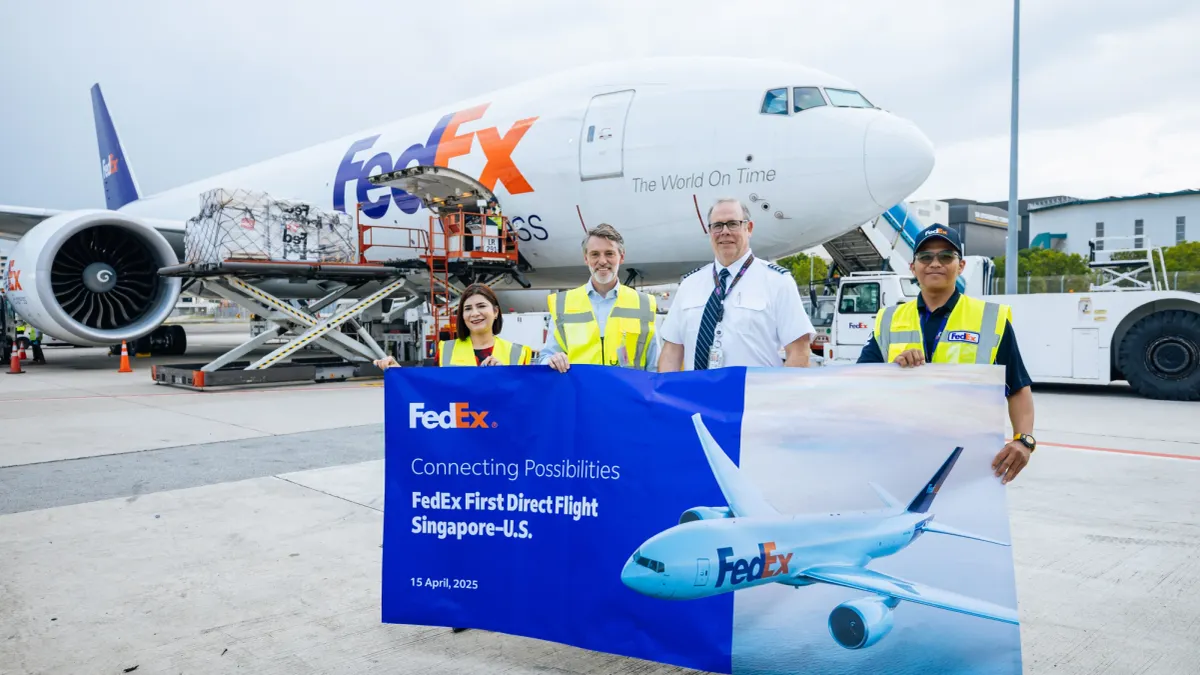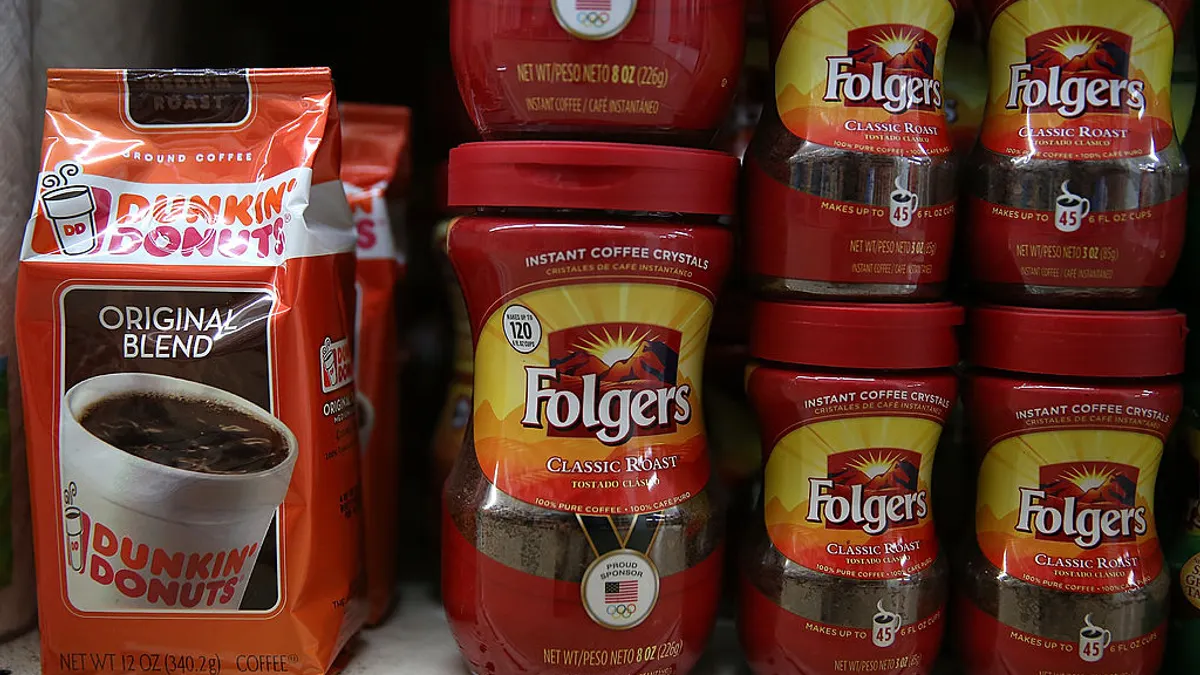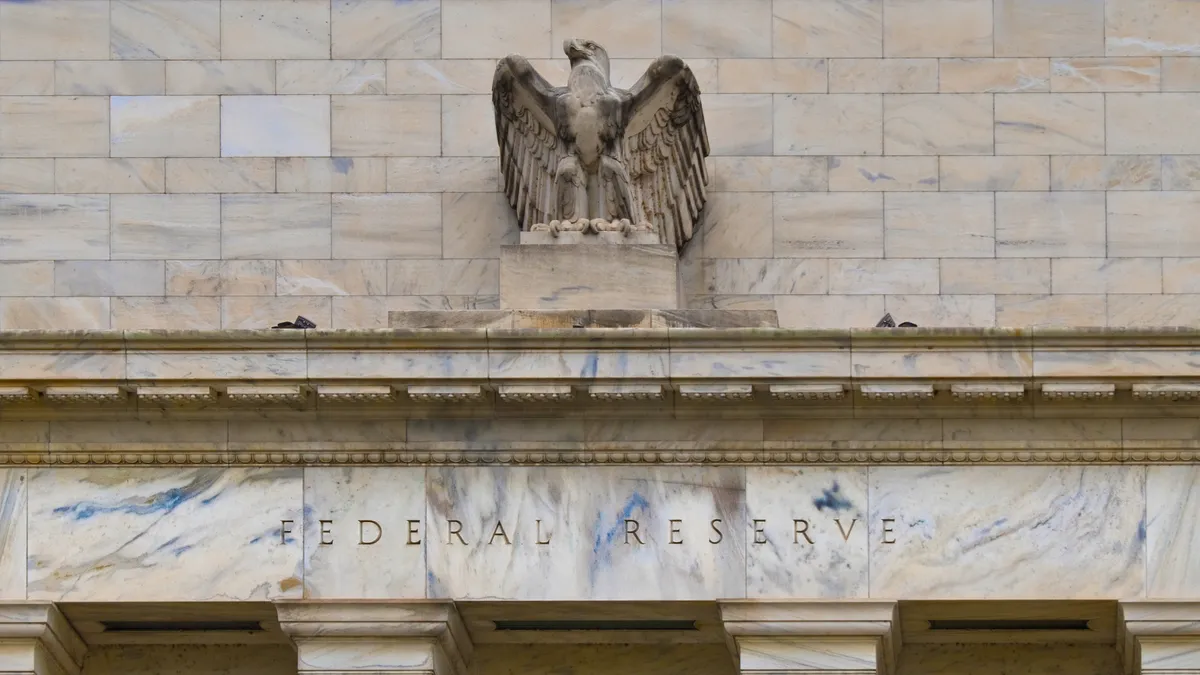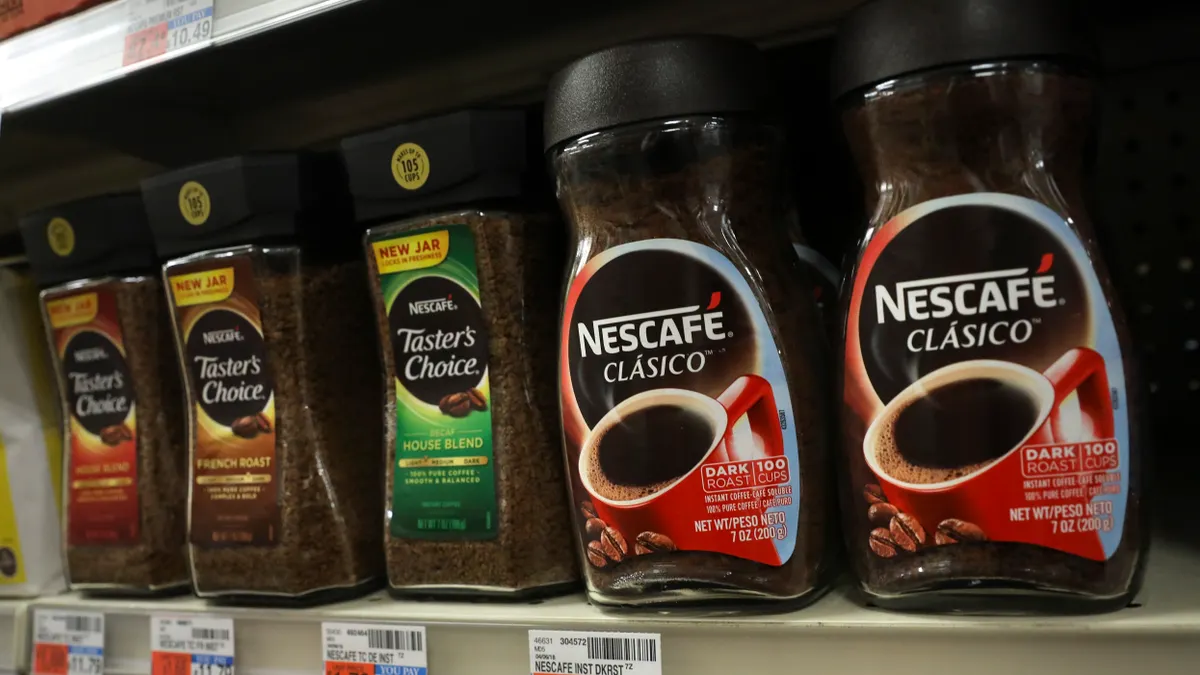Editor's note: This story is part of a series marking Supply Chain Dive's five-year anniversary. Look back at some of the most important stories in supply chain since 2016 in this round-up.
The "Made in China" label is ubiquitous in the United States, stamped on everything from industrial machinery to a pair of flip flops. But risks — from rising costs, to a trade war, to a pandemic — have prompted companies to rethink their relationships with suppliers and China.
"We've realized that we put too much power in a single country," said Dawn Tiura, CEO of Sourcing Industry Group.
The change in tone from U.S. based supply chains is not a mass exodus from China. Instead, it's an approach that embraces diversification.
The risks of single sourcing from China had been brewing for years, but they bubbled up even more during the COVID-19 pandemic. In early 2020, manufacturing and supplier operations in many parts of China ground to a halt. The effects rippled across the Transpacific to U.S. importers unable to procure goods.
Camille Batiste, senior vice president of global supply chain and procurement at Archer Daniels Midland, saw the disruption first hand. The company had multiple primary suppliers of a key ingredient for its energy drink customers, but they were located in China.
When the pandemic disrupted China production and exports, Batiste and her team had to "scrounge around and try to find other suppliers."
The procurement team ended up finding a suitable ingredient in South America, but it wasn't exactly the same as the product it was accustomed to bringing in from China. ADM had to adjust its internal manufacturing to use the material.
The short-term fix allowed ADM to keep product flowing, but it also brought to light the longer-term risks of having primary suppliers in one region or nation.
"That's fundamentally changed our supply chain in our nutrition business," she said.
Batiste said she will continue to seek out other sources for the key ingredient.
"We need to build a supply chain that can also receive material from other places," Batiste said. "We just need to always have ... multiple sources."
The alternatives to China-only
As the pandemic stretched on, no sourcing destination was immune. Lockdowns would lift in one region, only to be imposed in another. Supply chain executives became entrenched in a whack-a-mole situation that continues today. Single sourcing from China was not the only risk; single sourcing from any one region was a risk.
"You need to hedge your bets," Dale Rogers, professor of business in the supply chain management department at Arizona State University, said during a Resilinc webinar in July. "You can't just be totally sourced in one place."
That realization has pushed supply chains to diversify their supplier bases, with a few geographies and strategies emerging as dominant.
Southeast Asia
When the U.S. imposed Section 301 tariffs on imports from China, many companies looked to Vietnam.
The country has high levels of literacy and relatively low labor costs, said Eddy Malesky, director of the Duke Center for International Development, during a Flexport webinar in July.
Foreign investors view Vietnam as relatively stable politically, and property rights are more secure, according to Malesky. Electronics and automotive components are growing industries in Vietnam.
"This may be Vietnam's moment," Malesky said.
Trade with Vietnam balloons
Vietnam is also stepping up in a way that's appealing to businesses, said Tom Gould, vice president of global customs at Flexport, on the same webinar. That means suppliers in Vietnam, not buyers, figure out the sourcing, production, quality assurance, environmental issues and labor concerns.
"Vietnam has ... been able to say to their customers, 'You want a product; I'll deliver you the product,' as opposed to, 'You want a product; tell me how to build it, and I'll make it for you,'" Gould said.
Companies have also sought suppliers in Bangladesh, Thailand, Indonesia and Malaysia.
But throughout Southeast Asia, human rights concerns remain. Many countries in the region also lack developed transport infrastructure and ports, which only adds to lead times and risks.
Asia dominates U.S. sourcing
Reshoring/nearshoring
The same risk factors that drove supply chains to diversify also drove them to think about reshoring to the U.S. Proximity allows shorter transit times, lower emissions and the ability to tout a "Made in USA" label. Import duties are no longer a concern. Total cost of ownership is often lower.
A Thomas study that polled respondents in March found 83% of manufacturers are likely, very likely or extremely likely to reshore, up from 54% in March 2020. But reestablishing manufacturing bases in the U.S. could prove challenging, after decades of standing them up in Asia and Latin America.
"It is extremely difficult to reverse the 30+ year trend of outsourcing and offshoring manufacturing to emerging market countries," a chemical manufacturer in the Thomas survey said. "We no longer have the talent and expertise nor capital equipment to effectively manufacture key critical components of major products and assemblies."
Nearshoring to Mexico is more common, due to high labor costs in the U.S. and Canada, and it can offer significant cost benefits compared to China.
Still, experts are also quick to point out that sourcing from nearby does not equate to resilience.
"If I'm in North America, and my only suppliers are in North America, there's a problem here," Batiste said. "We're in trouble."
Latin America
Mexico retains the spot of No. 1 trading partner with the U.S., but sourcing executives are beginning to look at other nations in Central and South America, as well.
Nike manufactures several products in Asia, but some items demand shorter lead times, Rogers said. Nike adjusted its sourcing so that NFL-related products are imported from Central America, placed on a ship and brought into the Port of Miami with a short transit time.
Tiura has her sights set on Nicaragua. The country has a strong labor market and good level of education, although political unrest turns away many buyers, she said.
Sourcing from Latin America also offers additional transport options. Cross-border rail can carry goods from Mexico to the U.S. The Pan American Highway spans Alaska to the tip of South America, with only the Darien Gap breaking the route.
Still, infrastructure is limited in many parts of Central and South America.
"There is a road. It's not a great road," Rogers said, referring to the Pan American Highway. But with enough investment to build the transportation infrastructure, Rogers said the highway could compete with China's Belt and Road.
Do the roads lead back to China?
Diversification doesn't stop at tier 1. Some members of Sourcing Industry Group thought they had diversified by adding a supplier in Vietnam, only to find out that supplier was buying materials and components from the same spot as the vendor in China, Tiura said.
"At the end of the day, almost every road was leading to China," Tiura said.
In today's world, it's tough to conceive of a supply chain completely disassociated from China, whether the connection is in tier 1 or tier 4.
China is the most-utilized sourcing destination for U.S. fashion companies, according to the United States Fashion Industry Association's 2021 Fashion Industry Benchmarking Study. Machinery, toys and plastics are commonly sourced from China. Pharmaceutical supply chains rely heavily on overseas production.
Trade bloomed between U.S. and China
The country has a wealth of manufacturing hubs, myriad raw materials, a robust labor force and strong port infrastructure. Global companies have established supplier relationships that could be damaging to erase.
Plus, the nation has a huge population and consumer base, and companies want to do business with the country, according to Tiura. China's e-commerce sales totaled $2.4 trillion last year, dwarfing U.S. online sales in 2020 of $792 billion.
These deep roots are the reason why China will likely always be a staple of sourcing.
"You can't replicate the size of China's manufacturing base," Rogers said.
But it doesn't eliminate the need for redundancy as a resilience measure.
"Who knows where the next earthquake is coming, or hurricane, or pandemic, or political uprising," Rogers said. "You're going to have to think about that and have ways of continuing to have product flow, even when these disruptions take place."
This story was first published in our weekly newsletter, Supply Chain Dive: Procurement. Sign up here.























